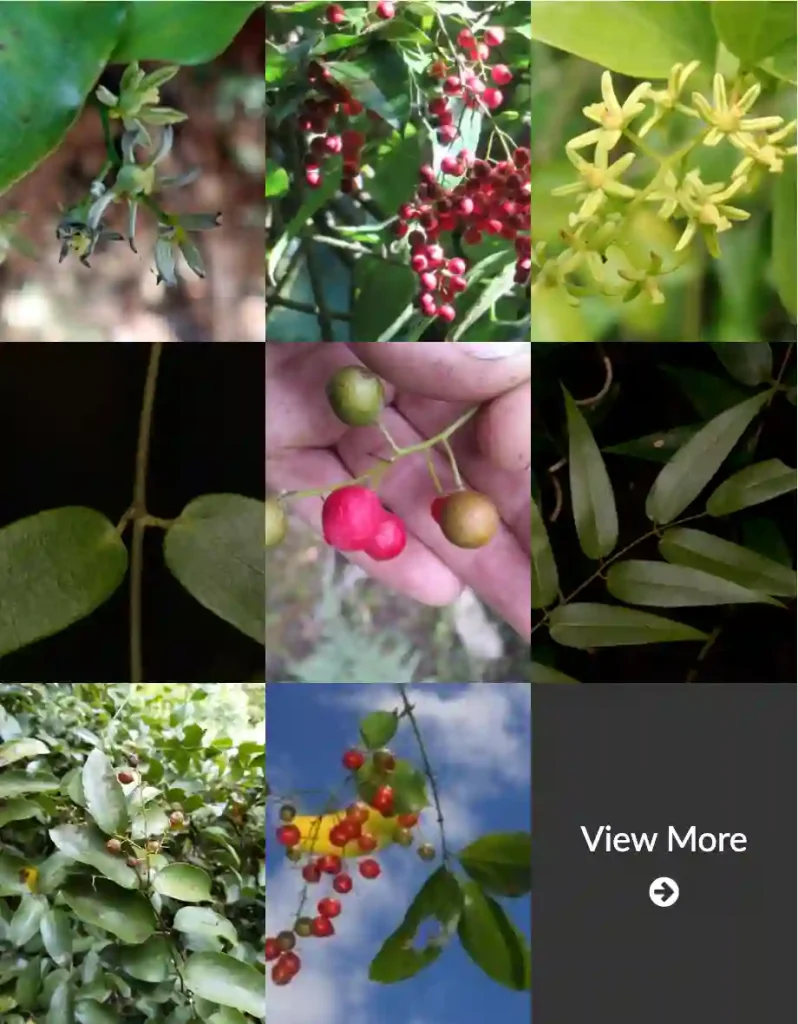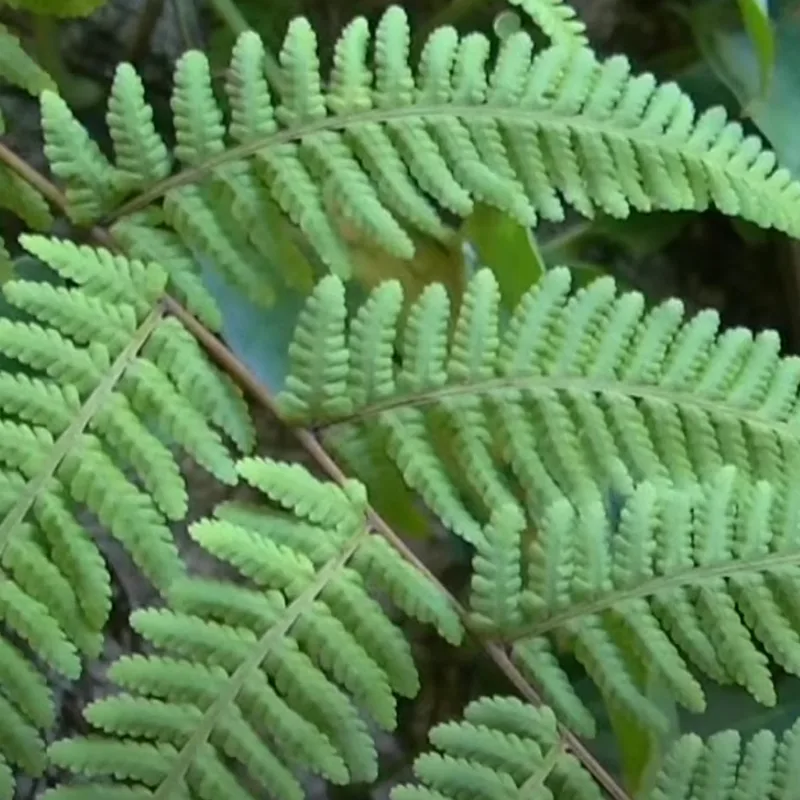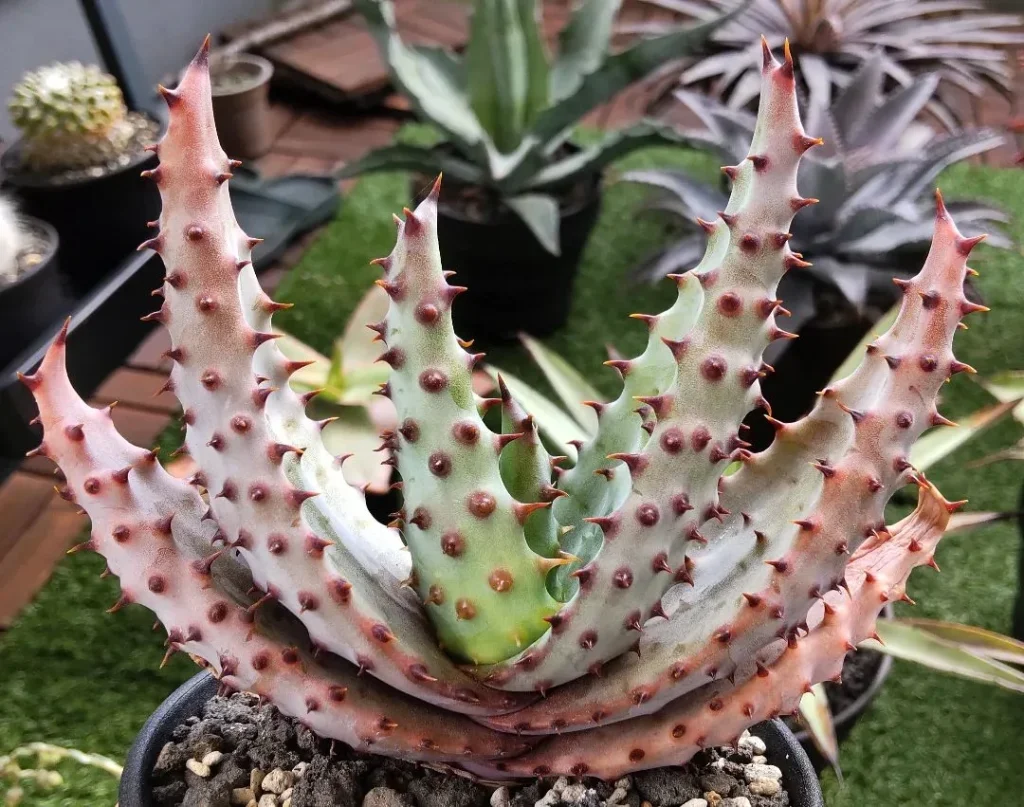FAQs About Aristea: Everything You Need to Know
If you’re considering adding Aristea to your plant collection or garden, you probably have a lot of questions. I’ve been growing and learning about Aristea for some time now, and I’m excited to share everything I’ve discovered. From basic care tips to propagation methods, let’s dive into the frequently asked questions about this fascinating plant.
What Is Aristea?
Aristea is a genus of flowering plants belong to the Iridaceae family, known for its striking appearance and vibrant blooms. Often referred to as “blue stars,” Aristea species are native to southern Africa. These plants are cherished for their unique star-shaped flowers that usually come in shades of blue, purple, or white. Aristea can grow in various climates, but they thrive in well-drained soil and full sun.
Aristea species
- Aristea abyssinica Pax
- Aristea africana (L.) Hoffmanns.
- Aristea alata Baker
- Aristea anceps Eckl. ex Klatt
- Aristea angolensis Baker
- Aristea angustifolia Baker
- Aristea bakeri Klatt
- Aristea bequaertii De Wild.
- Aristea biflora Weim.
- Aristea cantharophila Goldblatt & J.C.Manning
- Aristea capitata (L.) Ker Gawl.
- Aristea cistiflora J.C.Manning & Goldblatt
- Aristea cladocarpa Baker
- Aristea compressa Buchinger ex Baker
- Aristea cuspidata Schinz
- Aristea dichotoma (Thunb.) Ker Gawl.
- Aristea djalonis Hutch.
- Aristea ecklonii Baker
- Aristea elliptica Goldblatt & A.P.Dold
- Aristea ensifolia J.Muir
- Aristea farafangana Goldblatt & Phillipson
- Aristea fimbriata Goldblatt & J.C.Manning
- Aristea flexicaulis Baker
- Aristea galpinii N.E.Br. ex Weim.
- Aristea glauca Klatt
- Aristea goetzei Harms
- Aristea grandis Weim.
- Aristea humbertii H.Perrier
- Aristea inaequalis Goldblatt & J.C.Manning
- Aristea juncifolia Eckl. ex Baker
- Aristea kitchingii Baker
- Aristea latifolia G.J.Lewis
- Aristea lugens (L.f.) Weim.
- Aristea madagascariensis Baker
- Aristea majubensis Baker
- Aristea montana Baker
- Aristea monticola Goldblatt
- Aristea nana Goldblatt & J.C.Manning
- Aristea nigrescens J.C.Manning & Goldblatt
- Aristea nyikensis Baker
- Aristea oligocephala Baker
- Aristea palustris Schltr.
- Aristea parviflora Baker
- Aristea pauciflora Wolley-Dod
- Aristea platycaulis Baker
- Aristea polycephala Harms
- Aristea pusilla (Thunb.) Ker Gawl.
- Aristea racemosa Baker
- Aristea ranomafana Goldblatt
- Aristea recisa Weim.
- Aristea rigidifolia G.J.Lewis
- Aristea rufobracteata Goldblatt & J.C.Manning
- Aristea rupicola Goldblatt & J.C.Manning
- Aristea schizolaena Harv. ex Baker
- Aristea simplex Weim.
- Aristea singularis Weim.
- Aristea spiralis (L.f.) Ker Gawl.
- Aristea teretifolia Goldblatt & J.C.Manning
- Aristea torulosa Klatt
- Aristea zeyheri Baker
How to Care for Aristea?
Caring for Aristea is relatively straightforward if you keep a few key points in mind:
- Light: Aristea loves full sun. Ideally, it should receive at least 6 hours of direct sunlight each day. If grown indoors, place it near a south-facing window.
- Soil: Well-drained soil is crucial. I recommend using a mix of potting soil with sand or perlite to ensure proper drainage. Overly moist soil can lead to root rot.
- Watering: Water Aristea regularly but let the soil dry out between waterings. It’s essential to avoid waterlogging, as this can harm the plant.
- Temperature: Aristea prefers warm temperatures and is sensitive to frost. In cooler climates, consider bringing it indoors during the winter months.
- Fertilization: Feed your Aristea with a balanced fertilizer during the growing season. I typically use a general-purpose fertilizer every 4-6 weeks.
How to Propagate Aristea?
Propagating Aristea is a fun and rewarding process. Here’s how I do it:
- Division: The most common method is to divide the plant. This is best done in spring or early summer. Gently separate the offsets from the main plant, ensuring each division has roots and shoots. Replant the divisions in fresh soil.
- Seed: Aristea can also be grown from seeds. Sow the seeds in a seed-starting mix and keep them moist but not waterlogged. Provide warmth and light to encourage germination. Once the seedlings are large enough, transplant them into individual pots.
What to Plant With Aristea?
Aristea pairs beautifully with other plants that complement its colors and growing conditions. Here are a few suggestions based on my experience:
- Lavender: The purple hues of lavender contrast nicely with the blue flowers of Aristea, creating a visually appealing combination.
- Succulents: For a low-maintenance garden, mix Aristea with various succulents. Their contrasting textures and colors can create a stunning display.
- Ornamental Grasses: Adding grasses like Fountain Grass can provide a nice texture contrast and enhance the overall garden design.
Is Aristea Toxic?
Aristea is not considered toxic to humans or pets. However, as with all plants, it’s wise to avoid ingestion and keep it out of reach of curious pets and children. While it’s not poisonous, ingestion might cause mild digestive upset.
Benefits of Aristea
Aristea offers several benefits beyond its striking appearance:
- Low Maintenance: Once established, Aristea requires minimal care. It’s a great choice for busy gardeners who want a vibrant garden with less effort.
- Attractive Blooms: The star-shaped flowers can add a splash of color to any garden or indoor space. They also attract pollinators like bees and butterflies.
- Versatile Use: Aristea can be grown in containers, garden beds, or as part of a mixed border. Its adaptability makes it a versatile choice for various garden styles.
Common Problems with Aristea
While Aristea is generally resilient, there are a few issues you might encounter:
- Overwatering: This is the most common problem. Be sure to allow the soil to dry out between waterings. Root rot can quickly develop if the plant is consistently soggy.
- Pests: Aristea can sometimes attract aphids or spider mites. Regularly inspect your plant and treat any infestations promptly with insecticidal soap or neem oil.
- Frost Sensitivity: If you live in a region with cold winters, make sure to protect your Aristea from frost. In colder climates, consider growing it in pots so you can move it indoors when necessary.
Comparing Aristea with Similar Plants
Aristea is often confused with other flowering plants due to its unique appearance. Here’s a comparison with some similar options:
- Agapanthus: Like Aristea, Agapanthus also produces striking blue flowers. However, Agapanthus tends to have a more rounded flower cluster, whereas Aristea’s flowers are star-shaped.
- Iris: Iris flowers share some similarities with Aristea in terms of color and shape. The key difference is that Aristea typically has a more delicate flower structure and prefers warmer climates compared to Iris.
- Liriope: Often mistaken for Aristea due to their similar growing conditions and appearance, Liriope has a more grass-like foliage and produces dense flower spikes, while Aristea has a more open flower structure.
I hope this comprehensive guide to Aristea answers your questions and helps you enjoy this beautiful plant as much as I do. Whether you’re planting it in your garden or as an indoor accent, Aristea is sure to bring a touch of elegance and color to your space.
If i die, water my plants!



